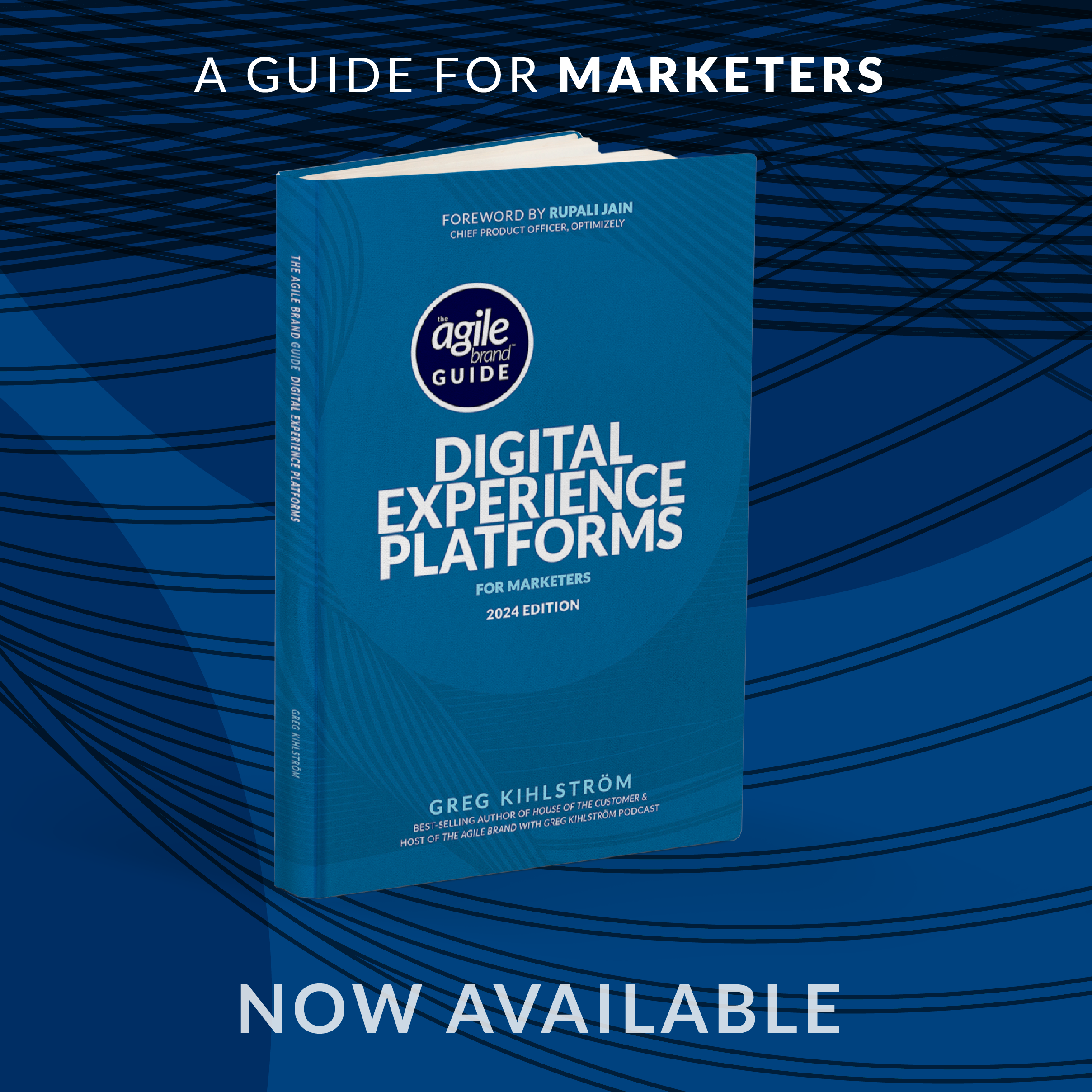This article was based on the interview with Sean King, Chief Revenue Officer and GM of Media and Entertainment at Veritone by Greg Kihlström, AI and MarTech keynote speaker for The Agile Brand with Greg Kihlström podcast. Listen to the original episode here:
The publishing industry is undergoing a seismic shift, driven by the rise of AI-powered search and large language models (LLMs). As these technologies reshape how consumers discover and engage with content, publishers must adapt or risk being left behind. This isn’t just about website optimization or SEO; it’s about fundamentally rethinking the relationship between content, data, and audience. The question isn’t if your business model needs to evolve, but how quickly you can make the necessary changes to thrive in this new landscape.
This isn’t just another tech trend; it’s a fundamental reshaping of the digital ecosystem. AI isn’t just changing how we search; it’s changing what we consider “search” to be. For publishers, this means moving beyond a reliance on traditional search engine traffic and embracing a more data-centric approach to content creation and distribution. The good news is that this shift also presents significant opportunities for those willing to embrace change and innovate.
Content as Data: The Foundation of the Future
One of the most critical shifts for publishers is recognizing that content is data. This isn’t just about tagging and categorizing articles; it’s about viewing every piece of content as a valuable data asset that can be leveraged, licensed, and monetized in new ways. As Sean King notes, “You have to kind of think about that the same way in each thing I’m creating every day, whether that be this podcast, whether that be a short, a reel, a video, a sporting event. All of that film that you’re creating, all of that, all of that is data.” This means investing in technology and processes that can capture, enrich, and manage content data effectively. It’s about creating a structured, searchable, and accessible content archive that can be used to feed AI models, power new applications, and unlock hidden value.
Embracing the Bots: Reaching Audiences Through AI Intermediaries
With the increasing use of LLMs, publishers need to consider how their content is being accessed by these AI “intermediaries.” It’s no longer enough to simply optimize for human readers; content must also be accessible and appealing to the algorithms that power these platforms. This means ensuring that content is structured in a way that AI can understand, with rich metadata and clear semantic relationships. “Rather than visiting these publishers kind of directly,” King points out, “[consumers] have to find new ways in which to engage not just with their standard audience, I’ll consider the loyal, the humans of it, but making sure that those assets are data ready so that these AI intermediaries, these AI tools, can make sure that that same content is discoverable in these new ways.”
Strength in Numbers: Collaboration and Strategic Partnerships
For mid-tier and niche publishers, collaboration is key. By pooling resources and forming strategic partnerships, smaller publishers can gain leverage and access to opportunities that might otherwise be out of reach. King highlights the value of specialized content, particularly for training domain-specific AI models. “Mid-tier publishers hold significant value and leverage because more of their content tends to be specialized and is something that is gonna be way more domain specific than a lot of the major publications,” he observes. This presents a unique opportunity for smaller publishers to position themselves as valuable data partners for AI companies. Forming alliances can amplify their collective bargaining power and ensure that their unique content is fairly compensated.
Responsible AI: Navigating the Ethical Landscape
As AI becomes increasingly integrated into the publishing ecosystem, it’s crucial to prioritize responsible development and usage. This means establishing clear ethical guidelines, ensuring transparency in data practices, and addressing potential biases in AI models. King emphasizes the importance of a balanced approach, stating, “Just because you can doesn’t mean you should.” Publishers must consider the ethical implications of licensing their content for use in generative AI models, ensuring that their values align with the ways in which their content is being utilized.
The AI revolution in publishing isn’t just a technological shift; it’s a cultural one. It requires a new way of thinking about content, audience, and the very nature of publishing itself. By embracing the principles of data-centricity, AI accessibility, strategic collaboration, and ethical responsibility, publishers can not only survive but thrive in this evolving landscape. The future of publishing belongs to those who are willing to adapt, innovate, and play. As King wisely advises, “If you’re unsure, play around.” Experimentation and a willingness to embrace new technologies are essential for navigating this exciting and uncharted territory.






